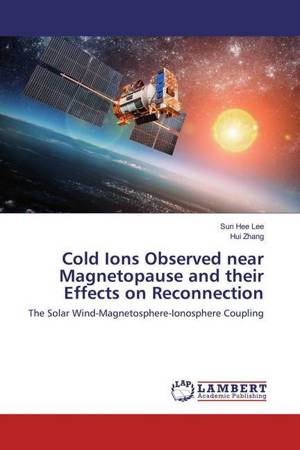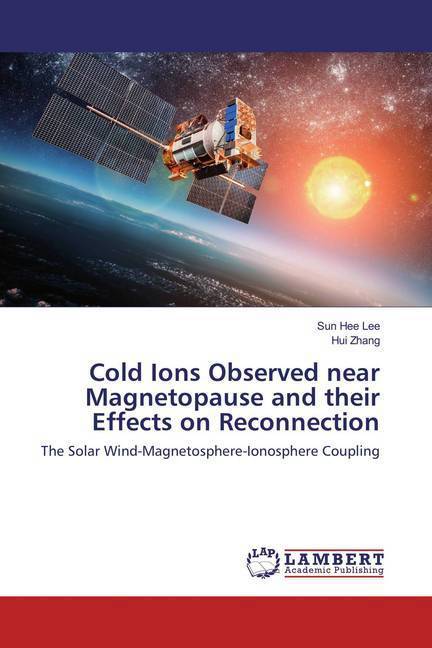
Bedankt voor het vertrouwen het afgelopen jaar! Om jou te bedanken bieden we GRATIS verzending (in België) aan op alles gedurende de hele maand januari.
- Afhalen na 1 uur in een winkel met voorraad
- In januari gratis thuislevering in België
- Ruim aanbod met 7 miljoen producten
Bedankt voor het vertrouwen het afgelopen jaar! Om jou te bedanken bieden we GRATIS verzending (in België) aan op alles gedurende de hele maand januari.
- Afhalen na 1 uur in een winkel met voorraad
- In januari gratis thuislevering in België
- Ruim aanbod met 7 miljoen producten
Zoeken
Cold Ions Observed near Magnetopause and their Effects on Reconnection
The Solar Wind-Magnetosphere-Ionosphere Coupling
Sun Hee Lee, Hui Zhang
Paperback | Engels
€ 70,95
+ 141 punten
Omschrijving
Magnetic reconnection at the dayside magnetopause is one of the most important mechanisms that efficiently transfers solar wind particles, momentum, and energy into the Earth's magnetosphere. Cold dense plasma, originating either directly from the ionosphere or from the plasmasphere, has often been observed at the adjacent magnetopause. These cold plasmas may affect reconnection since they modify the plasma properties on the magnetospheric side significantly. Case and statistical studies of the characteristics of the cold ions observed at the dayside magnetopause are presented by using Cluster spacecraft datasets. The behavior of the cold dense plasma of ionospheric origin during magnetic reconnection at the dayside magnetopause, occurrence rates of plasmaspheric plumes and ionospheric outflows, and their dependence on the solar wind/Interplanetary Magnetic Field (IMF) conditions have been investigated. Finally, a controlling factor that leads to the asymmetric reconnection geometry at the magnetopause has been examined.
Specificaties
Betrokkenen
- Auteur(s):
- Uitgeverij:
Inhoud
- Aantal bladzijden:
- 164
- Taal:
- Engels
Eigenschappen
- Productcode (EAN):
- 9783659834578
- Uitvoering:
- Paperback
- Afmetingen:
- 150 mm x 220 mm

Alleen bij Standaard Boekhandel
+ 141 punten op je klantenkaart van Standaard Boekhandel
Beoordelingen
We publiceren alleen reviews die voldoen aan de voorwaarden voor reviews. Bekijk onze voorwaarden voor reviews.









